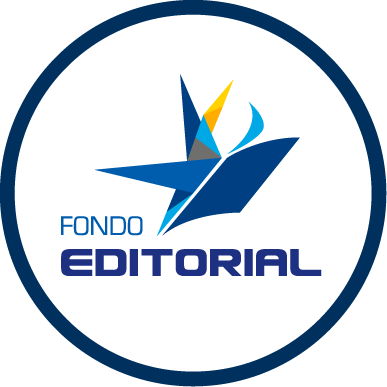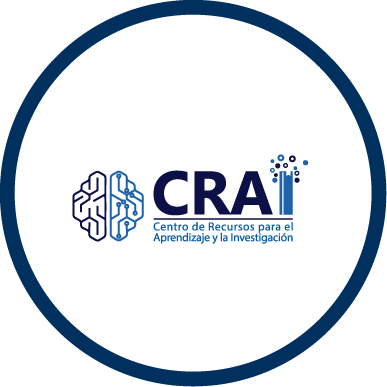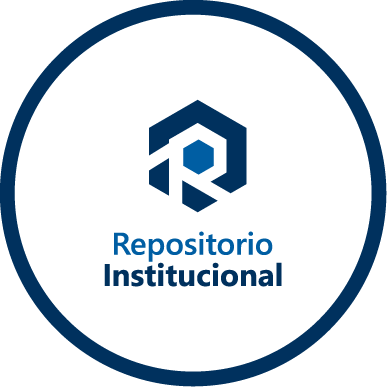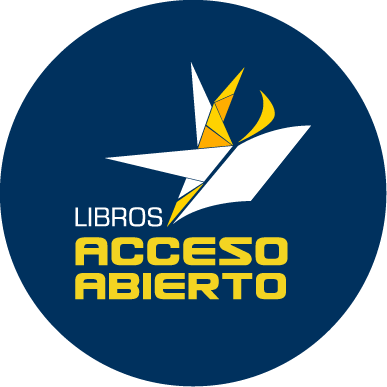Impacto Ambiental de las Curtiembres, una Problemática de Vieja Data Sobre el Río Bogotá
Water is a vital resource for most living beings on the planet, its daily use encompasses different anthropomorphic activities, as well as being used as a means of reaction and/or raw material in various industrial and agricultural processes. One of the most representative industrial activities in t...
Guardado en:
| Autores principales: | , , |
|---|---|
| Formato: | Digital |
| Lenguaje: | spa |
| Publicado: |
UNIVERSIDAD ANTONIO NARIÑO
2021
|
| Materias: | |
| Acceso en línea: | https://revistas.uan.edu.co/index.php/saywa/article/view/805 |
| Etiquetas: |
Agregar Etiqueta
Sin Etiquetas, Sea el primero en etiquetar este registro!
|
| Sumario: | Water is a vital resource for most living beings on the planet, its daily use encompasses different anthropomorphic activities, as well as being used as a means of reaction and/or raw material in various industrial and agricultural processes. One of the most representative industrial activities in the Colombian economy is the fur tanning sector, with a 2.17% share of manufacturing GDP, grouped mostly in SMEs through the export of wet-blue leather generating revenues of $70 million per year. However, improper exploitation of the activity, as well as manufacturing practices that are not aware of the environmental impact, has consequences on bodies of water in the upper and middle basin of the Bogota River, of vital environmental and cultural importance. This article aims to provide an overview of the process, its environmental impact, as well as some of the alternatives for its present and future remediation. |
|---|




